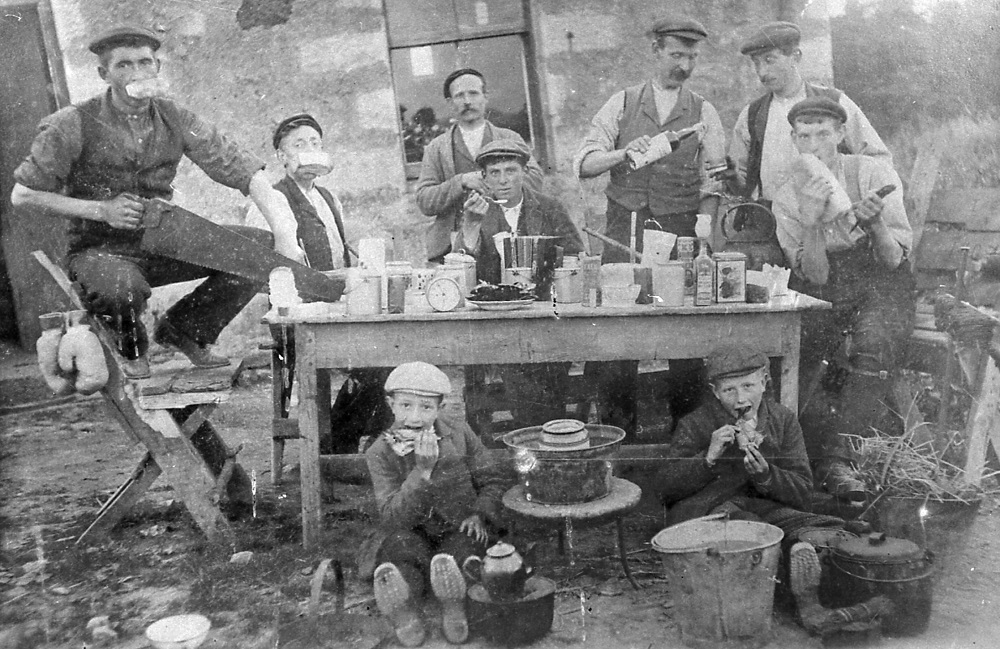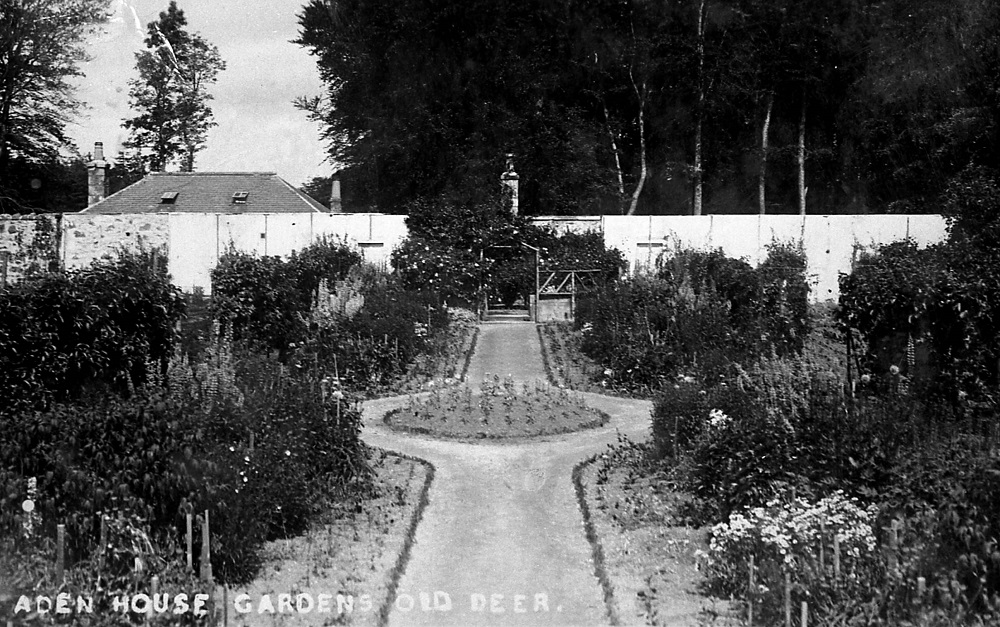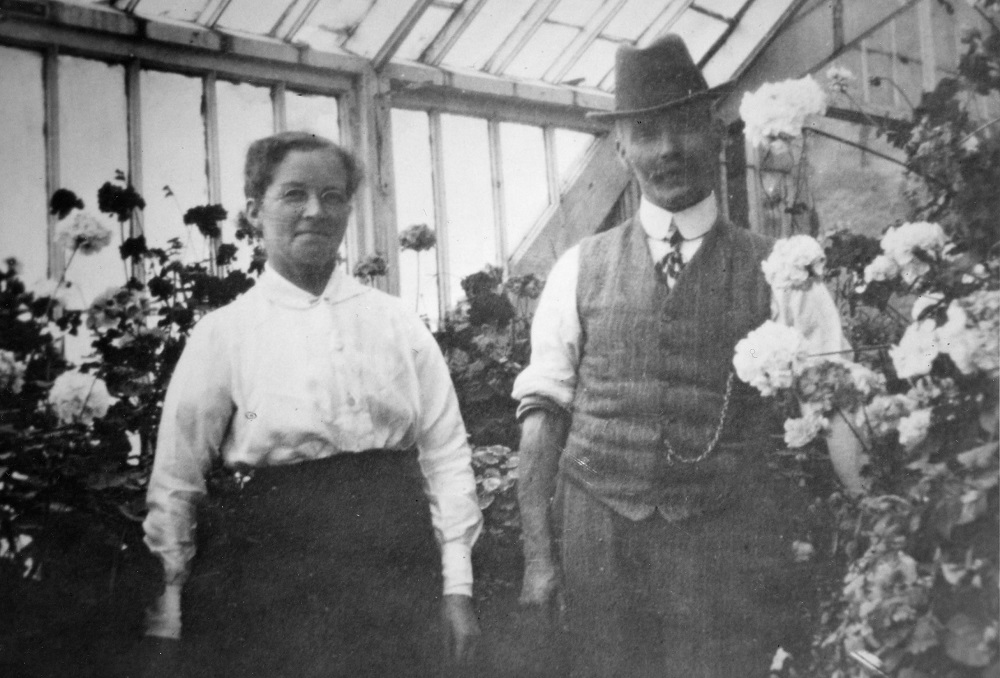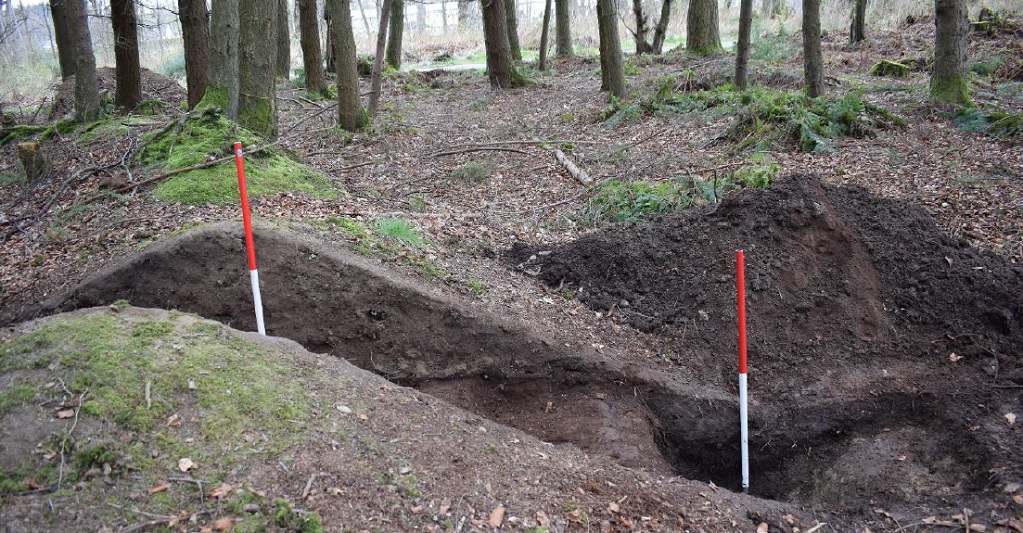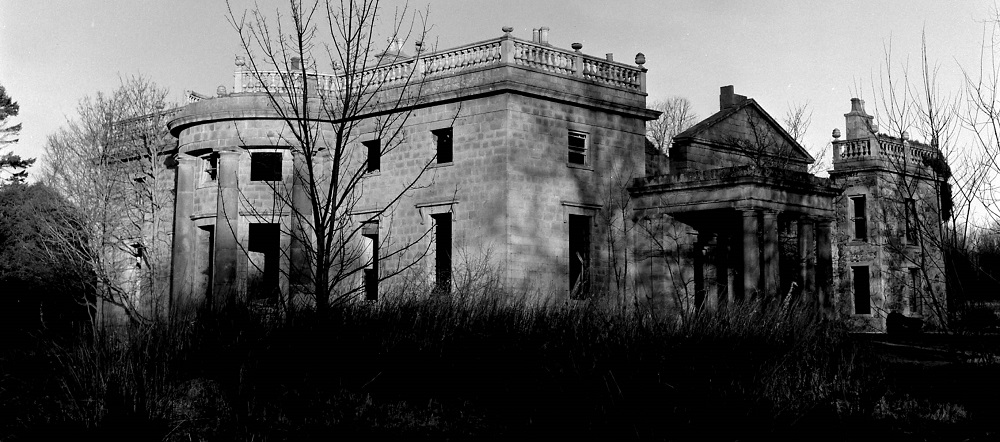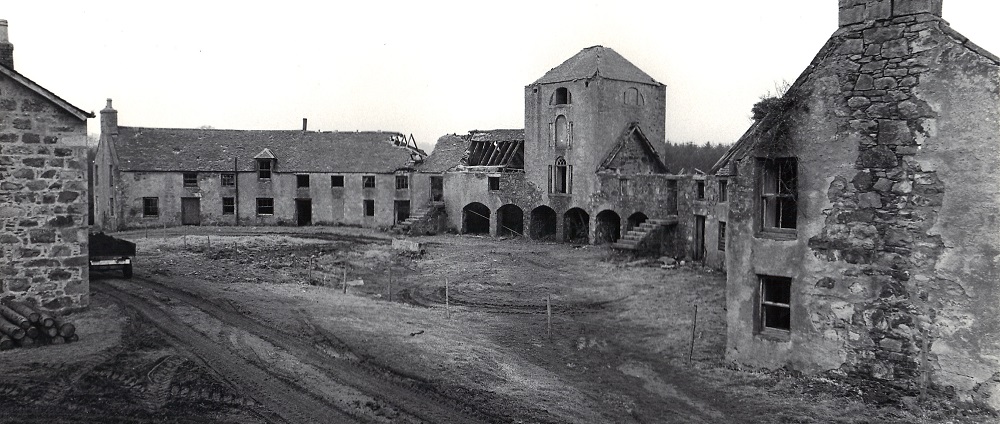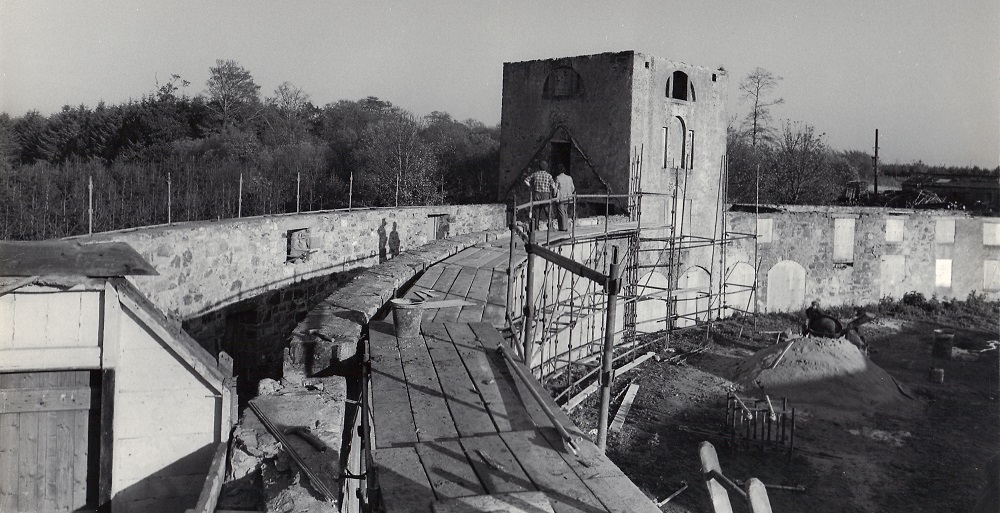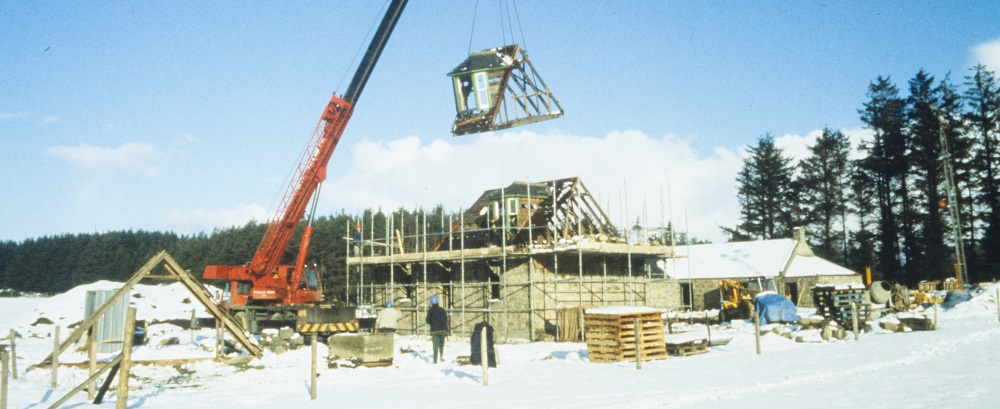Aden (pronounced Aa-den), meaning bonnie burn or brae, is a 230-acre country park which has a rich agricultural heritage dating as far back to the Neolithic period. From this early settlement to the first known recording of Aden occurring in the Book of Deer manuscript, to the ownership by the Comyn, Keith, and latterly the Russell family, Aden has always provided its people with an agricultural livelihood.
Possible Neolithic mortuary enclosure (illustration by Jan Dunbar)
Following recent archaeological digs, it is believed that the land which form Aden Country Park were first inhabited back in Neolithic times. The archaeological excavations uncovered what is believed to be a Neolithic mortuary enclosure, dating from between circa 4,100 and 2,500 BC. It is believed that Neolithic people were both the first inhabitants, as well as the first farmers of Aden, domesticating animals and foraging for fruits such as berries.
One of the many illustrations in the famous 10th century Book of Deer
Through the centuries, not much else is known about Aden, until the first written recording of Aden (or as it then was – Aldin or Alenn) in the beautiful and famous 10th century New Testament manuscript known as the Book of Deer.
Little other information is then known about Aden, until the 13th century, when the Comyn family (Earls of Buchan), owned the lands of Aden. In the war for independence, Comyn supported England and was defeated by Robert the Bruce at the battle of Barra, near Inverurie, and the ‘Harrying’ or ‘Herschip O’ Buchan’ which destroyed the dominance of the Comyns.
Bruce redistributed Comyn lands among his supporters, the Keith family. The powerful Keith family were the Earl Marischals of Scotland, based at their stronghold at Inverugie near Peterhead. It is presumed that this was when the Keith family became the heirs of the estate of Aden. The Keith family held onto the estate for the following 300 years, until they in turn had to forfeit the lands after their backing of the failed Jacobite uprising of 1715.
The forfeited estates were first bought by the York Building Society, changing hands shortly afterwards when the Ferguson family bought the estate and held the land for some thirty years. It is thought that it was perhaps during this period that first Aden House was built.
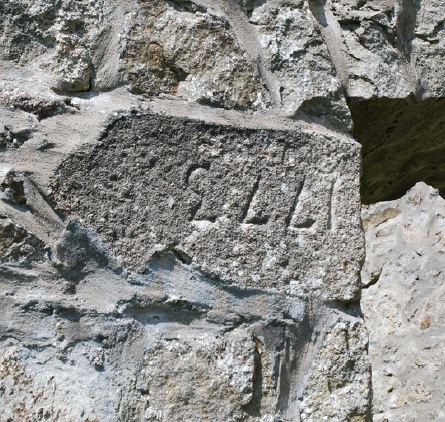 In 1758, the Aden Estate was sold to what would be the first Russell laird, Alexander Russell of Montcoffer. After purchasing the estate, Alexander set about enlarging the Aden House to form a 2-storey rubble built quadrangular building and commenced a programme of agricultural improvement to the estate as was common among landowners across Scotland at this time.
In 1758, the Aden Estate was sold to what would be the first Russell laird, Alexander Russell of Montcoffer. After purchasing the estate, Alexander set about enlarging the Aden House to form a 2-storey rubble built quadrangular building and commenced a programme of agricultural improvement to the estate as was common among landowners across Scotland at this time.
An upside-down ‘1773’ date stone can still be seen on one of the surviving Aden House walls, and this is perhaps the date when the Aden house first underwent improvement.
Neighbouring Ferguson’s family Pitfour House, from East Gardens
The Russell’s neighbours were the prominent Ferguson family of Pitfour, which bordered the Aden estate. Pitfour house was one of the showpieces of the north-east. It is not really known whether the Russells and the Fergusons fraternised to a great extent, rumour has it that there were some quarrels between the two families.
Narrowing bridge crossing the river Ugie
A typical example of their rivalry can perhaps be seen in the story which exists regarding a bridge crossing the river Ugie. As the river Ugie marks the boundary between the two estates, the families were responsible for the part of the bridge that was on their estate. It is noticeable, even today, that the bridge varies in width, one half is fairly narrow – the part of the Aden estate, about half-way across, the bridge becomes wider – this part belongs to the Pitfour estate. It has been said that Ferguson had a larger horse drawn carriage than Russell, and that really the bridge was a bit on the narrow side for his carriage. Consequently, Ferguson had his side of the bridge widened to cope with the carriage and expected Russell to do the same to his side. There seems to have been a certain degree of stubbornness on Russell’s part, because his side remained the same width, as the photograph above shows.
In 1792, Margaret Cumine, a member of the notable family with lands at Kinninmonth adjoining Aden, married Alexander Russell, which considerably added to the family lands. The union of the Cumines and Russells united their two estates and the marriage produced twelve children.
Farm steadings elevation and plan, by RCAHMS
Farm workers featured outside Farm steadings
Under the 2nd laird’s tenure, Alexander Russell’s eldest son and heir, also named Alexander Russell, saw the building of the highly unusual semi-circular farm steadings circa 1800. The semi-circular farm steading layout with a central doocot tower gives a commanding architectural presence to the farm steading buildings. During this period lairds were adopting new scientific approaches to the organisation and management of their estates and constructing buildings to allow the efficient deployment of the new technologies, based around horsepower.
Another Alexander became the third Aden laird. He unfortunately died unmarried only two years into his ownership in 1831, and the estate fell to his brother James, who married Caroline Lambton and had three sons and one daughter.
Aden Mansion House in the early 19th Century
Aden Mansion House ground floor plan showing phases of development
In 1832, the 4th Laird, James, employed Aberdeen architect John Smith, aka Tudor Johnnie, to design improvements to the Aden house and estate. A large programme of rebuilding was undertaken so “that the old house was buried behind the present Victorian façade”. The ground floor of the west wing was raised, and a prominent Doric columned peri styled central bow with dome added and on the south front a Doric columned porte-cochère was built, all in granite ashlar. The old courtyard was also built over to form a huge billiard room.
Smith also built the various lodges, including North lodge (aka Goldie’s lodge) with its Doric portico, the twin south lodges and the curious west lodge.
Aden bridge over the river Ugie
Caroline is said to have redesigned the grounds, planting specimen trees and creating landscape gardens and hothouses. Well-constructed tree-lined drives led from the gate lodges along curving approaches to the house, the north drive passing alongside and over the lake and mill pond led by a small burn and feeding the mill at the back of the semi-circular farmstead stables building. A bridge was also built over the river Ugie leading down to the lower gardens.
1st edition Ordnance Survey 6″ map, 1870, showing Aden estate in detail
In 1870, a 1st edition Ordnance Survey 6″ map shows the Aden estate in detail for the first time, showing a well-wooded landscape defined by roads on the north, west and south and by a shelter belt and track on the east.
The mansion house lies to the north of the river meander, with a semi-circular courtyard of buildings to its north-east, including Kennels with a smaller building group to its south-west including a gasometer. East of that lies a large walled garden, buildings along its north wall and external compartments. Drives lead from the north, south-east and south-west, with a North Lodge, South Lodge (two buildings shown) and West Lodge indicated, the latter apparently at the end of a path rather than carriage drive.
General Frank S Russell and the Buchan Rifle Volunteers
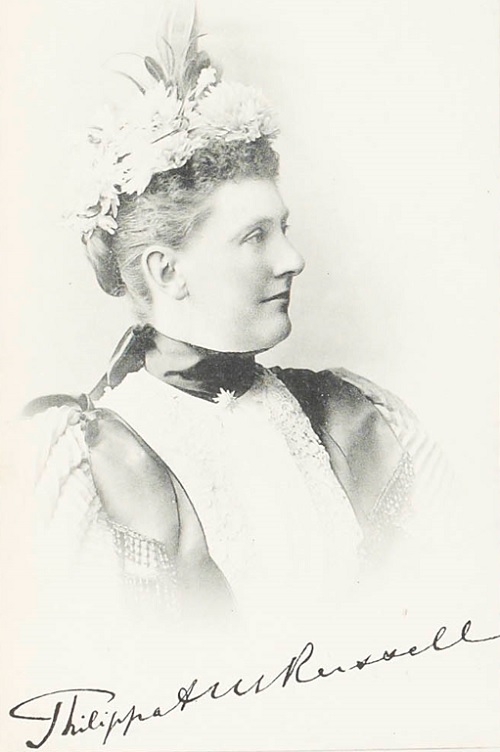 In 1875, James George Russell inherited Aden but died without any heirs. As a result, Frank Shirley Russell, although the youngest son, inherited Aden in 1887. He joined the 14th Hussars and became a Captain and the Aide-de-Camp to the General Officer in command of the forces in Ireland in 1873. In 1888, he married Phillipa Baillie of Redcastle. Almost immediately after their marriage, Russell was appointed military-attache in Berlin where he was a highly successful diplomat.
In 1875, James George Russell inherited Aden but died without any heirs. As a result, Frank Shirley Russell, although the youngest son, inherited Aden in 1887. He joined the 14th Hussars and became a Captain and the Aide-de-Camp to the General Officer in command of the forces in Ireland in 1873. In 1888, he married Phillipa Baillie of Redcastle. Almost immediately after their marriage, Russell was appointed military-attache in Berlin where he was a highly successful diplomat.
 In 1892, Colonel Frank and Mrs Russell returned from Germany to take up residence at Aden. They had five children, three sons and two daughters. Colonel Frank made many improvements to the farming of the estate, including improvements to the house and outbuildings. Indeed, by the turn of the century the estate of Aden was extensive and the Russells were one of the biggest landowners in Aberdeenshire, with the gross rental income reaching almost £3,000 per annum.
In 1892, Colonel Frank and Mrs Russell returned from Germany to take up residence at Aden. They had five children, three sons and two daughters. Colonel Frank made many improvements to the farming of the estate, including improvements to the house and outbuildings. Indeed, by the turn of the century the estate of Aden was extensive and the Russells were one of the biggest landowners in Aberdeenshire, with the gross rental income reaching almost £3,000 per annum.
Aden Mansion House circa 1900
Aden House farm workers taking a break
At this time there were about thirty workers at Aden – house staff, foresters, gamekeepers, and farm workers, and many in the stables and gardens, were also very productive as large amounts of fruit and vegetables were grown. Indeed, the extensive Aden gardens were the pride of the Russells and were undoubtedly quite a show.
Aden House walled gardens
Garden Workers in Aden House walled garden
The low gardens were laid out in an elaborate style, and at this time fruit grown in the greenhouses included tomatoes, peaches, vines, and nectarines. Plum, pear, and apple trees were grown up the inside of the walls and a flagstone walk went down the middle of the garden. There was a rose garden in front of the house and the lower garden was well kept with a feature lily pond.
Frank Shirley Russell died at the age of 72 in 1912 and was buried in the family vault in the graveyard behind the parish church. After his passing, Mrs. Russell ran the estate whilst their second son, Drostan Russell, and now 7th laird, served in Africa.
Unfortunately, just three years later, in 1915, Drostan dies of Blackwater fever, whilst serving in Africa; and the Aden estate passes to his brother, and youngest son, Sidney Cumine Russell, who became the 8th and final Laird at Aden. Sidney ran Aden through difficult years of agricultural depression, decreasing revenues and increasing costs, when ownership of a large country house became a burden rather than the centre of a productive and profitable estate.
In 1937, after the death of one of their four children, Sidney, and his wife Meriel, sold the Aden estate, much of Old Deer and the estate’s remaining 52 farms. They left Aden for Charmouth in Dorset. When Sidney Russell sold Aden the estate staff consisted of three keepers, three foresters, three gardeners and four farm workers.
A Mr Jones (or Squadron Leader Jones) purchases Aden; but he soon left for New Zealand for health reasons, and in 1938, Jones sold Aden to Mrs. Robinson (of Radio Rentals).
One of the late 19th and early 20th century trenches
In the 1940s, during WWII the army used the house and grounds for training exercises. Evidence of these and earlier 19th century practice trenches have recently been discovered though our “Late 19th and Early 20th Century Trenches” archaeological dig.
Neglected former stables buildings c1970
The new owners used the Aden estate mainly for shooting, but without the Russell family and its staff to lavish care on the estate, the grounds were neglected, and the buildings became derelict.
In 1974 Mrs. Robinson sold the Aden estate to the Grampian Regional Council. Following the sale, in 1975, the Council allocated 378 acres of land for housing and other uses, with 220 acres of the estate being designated as Aden Country Park.
Restoration works on former stable buildings circa 1980
With considerable support from the Countryside Commission for Scotland the park underwent major restoration. The Mansion House was consolidated, and in 1983 the farm steading courtyard buildings, and an extension to the rear of the building, now housing the “Weel Vrocht Grun” exhibition, were completed, converting the building into what is now the Aberdeenshire Farming Museum and Aden Café.
Rebuilding Hareshowe Farm of Ironside in Aden circa 1990
To enhance the museum offering further, in 1990, Hareshowe of Ironside farm, which originally stood near New Deer, was bought by the Council, dismantled, and then brought to Aden piece by piece, where it was rebuilt as a working part of the Aberdeenshire Farming Museum. Hareshowe was a typical Buchan small farm of the 1890s, an L-shaped steading set in 30 acres of land. At Aden, Hareshowe’s appearance has been restored to the 1950s.
Jim McColl from Beechgrove Garden opens Aden Allotments
More recent park developments have included converting a field let out to a local farmer into the Aden Allotments site. With considerable support from the Keep Scotland Beautiful Climate Challenge Fund, 90 varying sized plots have been made available to local people. The Aden Allotments were officially opened in June 2014, by Jim McColl from the popular Beechgrove Garden television show.
 In 2016, and every year afterwards, Aden has been awarded with the prestigious Green Flag Award for quality parks and open spaces. The Awards recognise and reward the best parks in the country and Aden impressed them with its excellent use of green space, well-maintained facilities and high standard of safety and security.
In 2016, and every year afterwards, Aden has been awarded with the prestigious Green Flag Award for quality parks and open spaces. The Awards recognise and reward the best parks in the country and Aden impressed them with its excellent use of green space, well-maintained facilities and high standard of safety and security.
Central courtyard area being redeveloped as part of the Aden NLHF Project
In July 2018, Aberdeenshire Council were granted £1,250,000 from the National Lottery Heritage Fund (NLHF) Parks for People programme, towards the £2,130,192 five-year Aden Country Park Restoration & Redevelopment Project. The vision for the project is to enhance, promote, and conserve Aden’s rich cultural, architectural, archaeological, and natural heritage, creating a sustainable, high-quality visitor destination in rural Aberdeenshire for present and future generations to enjoy.
Changing Places toilet block being built as part of the Accessible Aden RTIF Project
Finally, in 2021, Aberdeenshire Council went on to successfully attracted further funding support from the Visit Scotland Rural Tourism Infrastructure Fund (RTIF) to deliver carpark and electrical upgrades, increased disabled parking bays, installation of cycle stands, along with the building of a new fully accessible changing places toilet block, and the introduction of Electric Vehicle (EV) chargers.


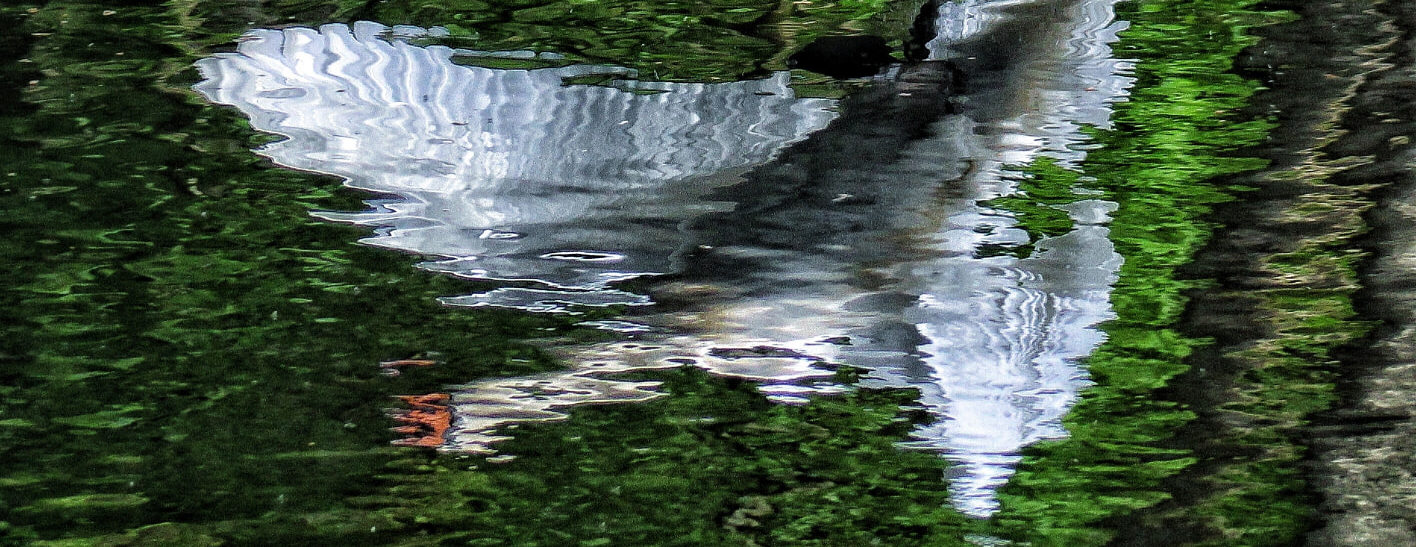
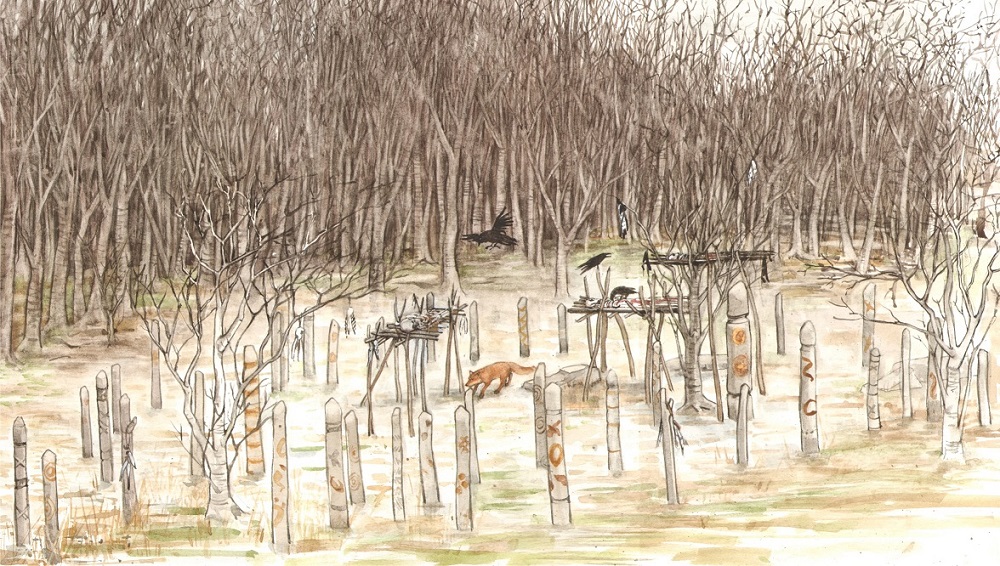

 In 1758, the Aden Estate was sold to what would be the first Russell laird, Alexander Russell of Montcoffer. After purchasing the estate, Alexander set about enlarging the Aden House to form a 2-storey rubble built quadrangular building and commenced a programme of agricultural improvement to the estate as was common among landowners across Scotland at this time.
In 1758, the Aden Estate was sold to what would be the first Russell laird, Alexander Russell of Montcoffer. After purchasing the estate, Alexander set about enlarging the Aden House to form a 2-storey rubble built quadrangular building and commenced a programme of agricultural improvement to the estate as was common among landowners across Scotland at this time.
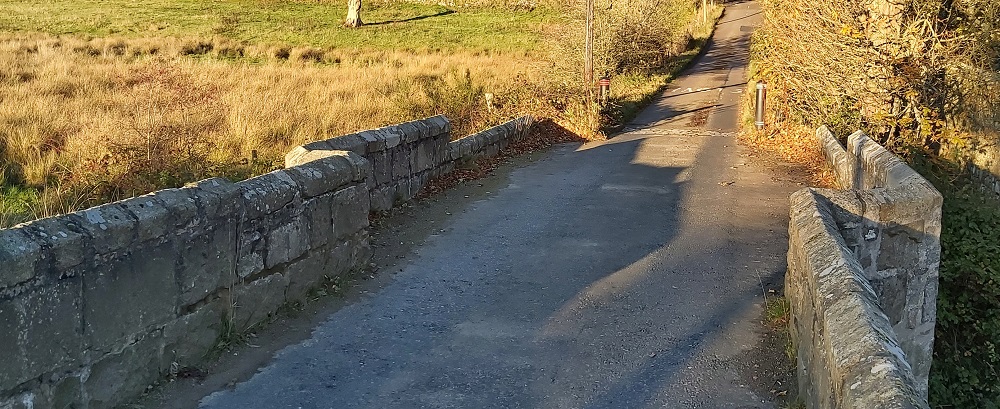
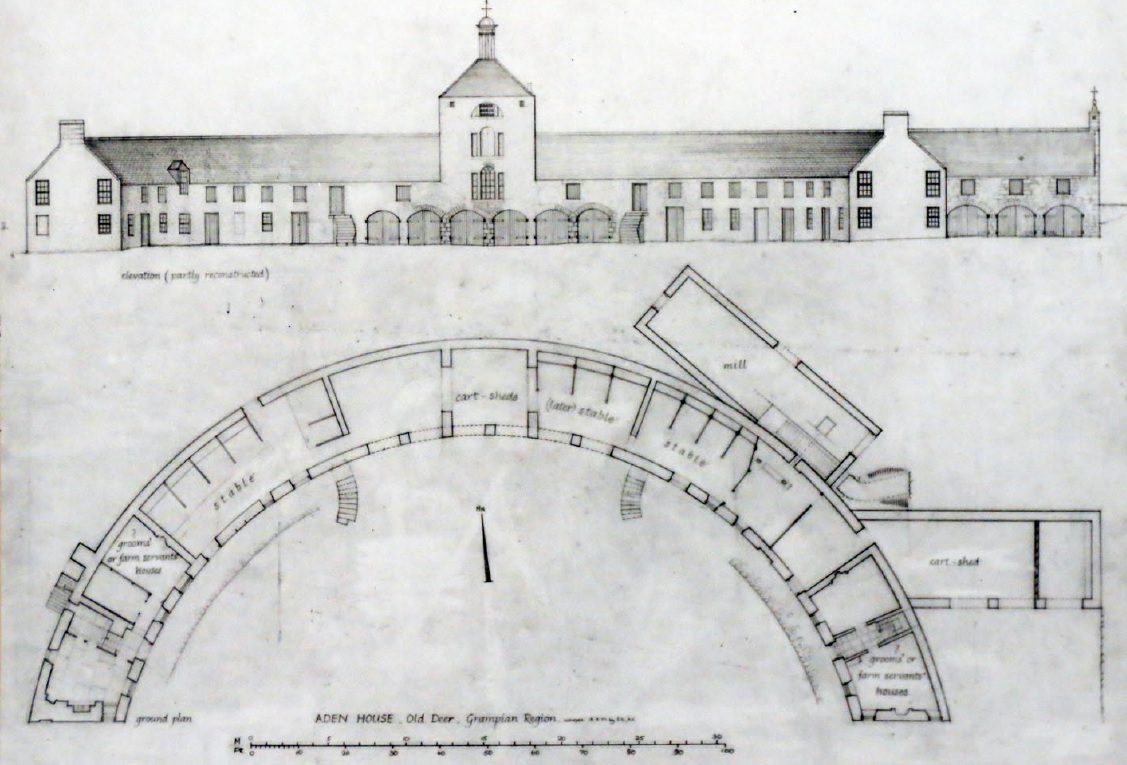
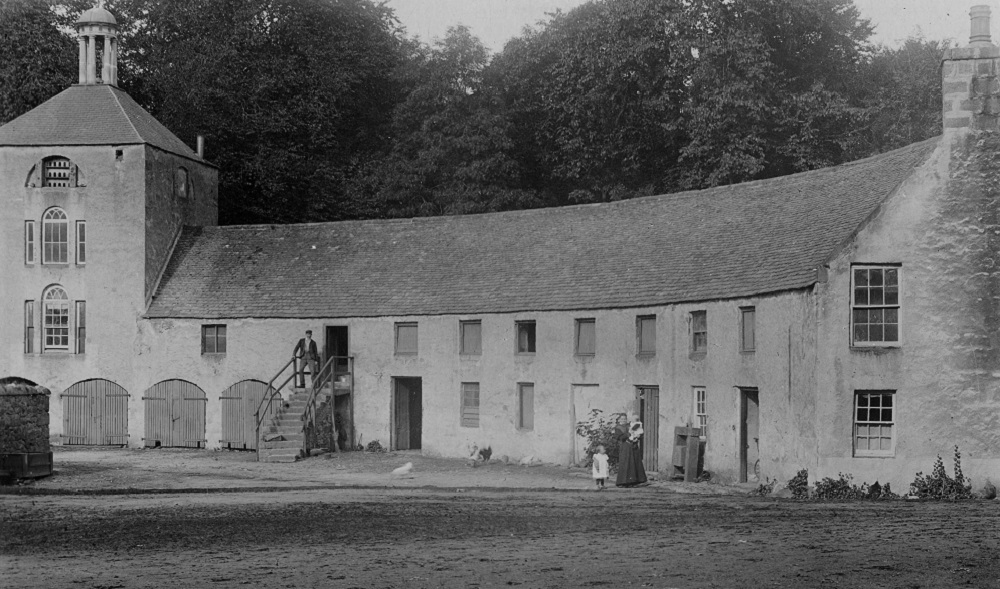
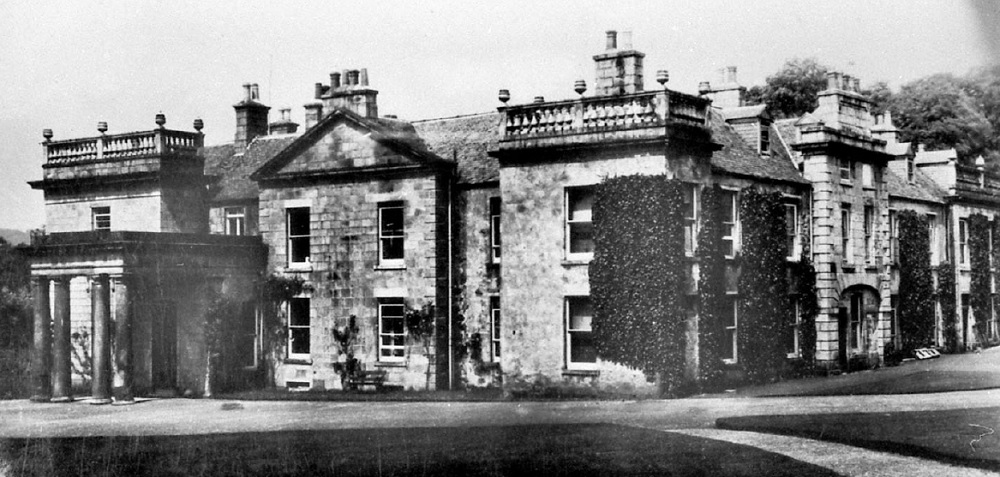

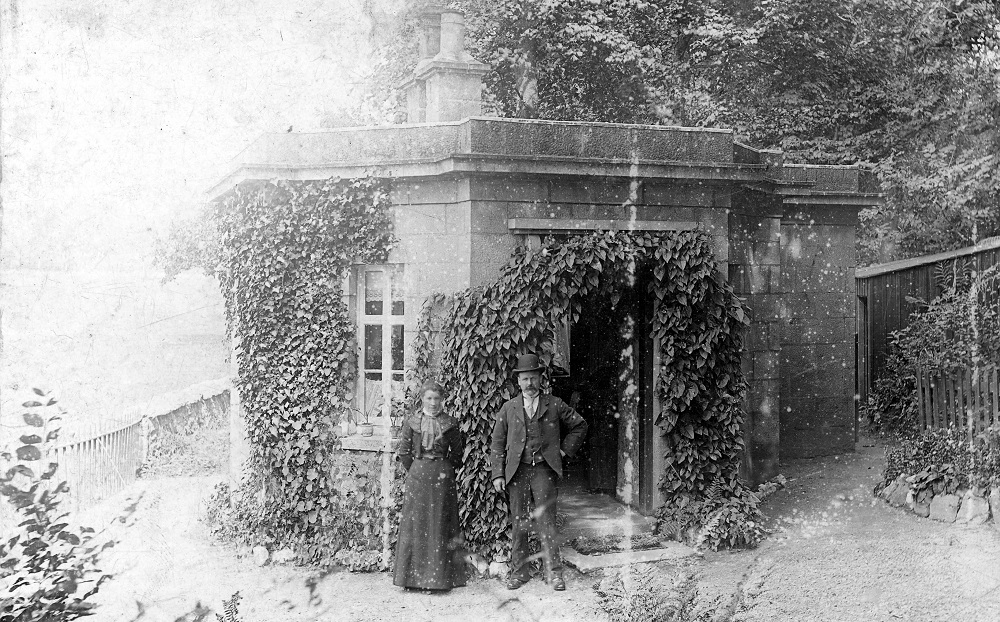
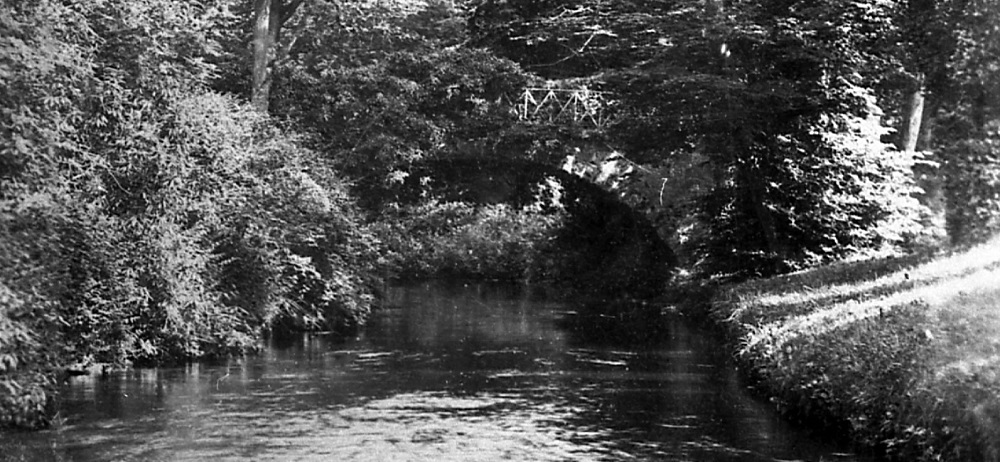

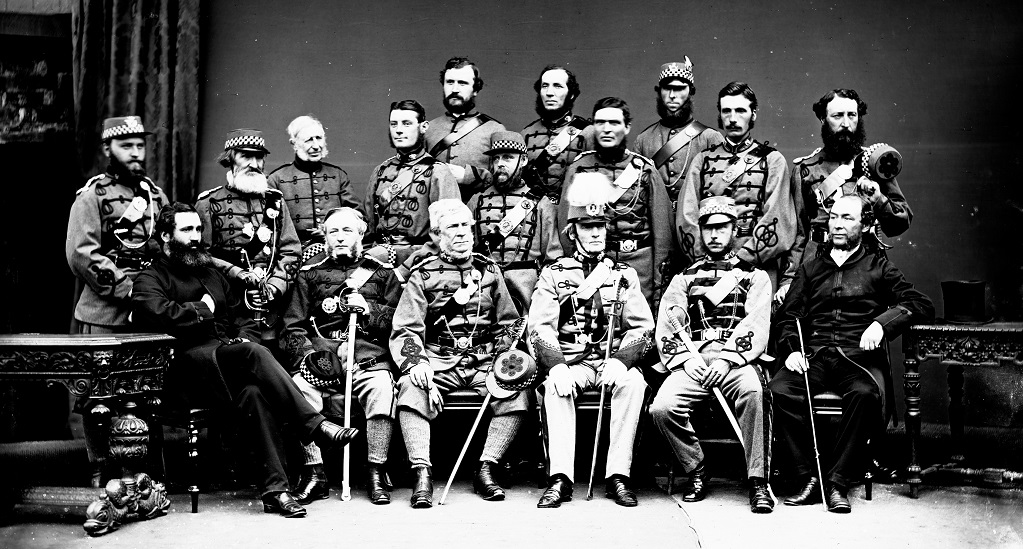
 In 1875, James George Russell inherited Aden but died without any heirs. As a result, Frank Shirley Russell, although the youngest son, inherited Aden in 1887. He joined the 14th Hussars and became a Captain and the Aide-de-Camp to the General Officer in command of the forces in Ireland in 1873. In 1888, he married Phillipa Baillie of Redcastle. Almost immediately after their marriage, Russell was appointed military-attache in Berlin where he was a highly successful diplomat.
In 1875, James George Russell inherited Aden but died without any heirs. As a result, Frank Shirley Russell, although the youngest son, inherited Aden in 1887. He joined the 14th Hussars and became a Captain and the Aide-de-Camp to the General Officer in command of the forces in Ireland in 1873. In 1888, he married Phillipa Baillie of Redcastle. Almost immediately after their marriage, Russell was appointed military-attache in Berlin where he was a highly successful diplomat. In 1892, Colonel Frank and Mrs Russell returned from Germany to take up residence at Aden. They had five children, three sons and two daughters. Colonel Frank made many improvements to the farming of the estate, including improvements to the house and outbuildings. Indeed, by the turn of the century the estate of Aden was extensive and the Russells were one of the biggest landowners in Aberdeenshire, with the gross rental income reaching almost £3,000 per annum.
In 1892, Colonel Frank and Mrs Russell returned from Germany to take up residence at Aden. They had five children, three sons and two daughters. Colonel Frank made many improvements to the farming of the estate, including improvements to the house and outbuildings. Indeed, by the turn of the century the estate of Aden was extensive and the Russells were one of the biggest landowners in Aberdeenshire, with the gross rental income reaching almost £3,000 per annum.

